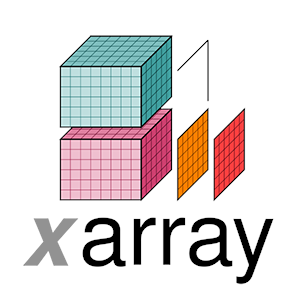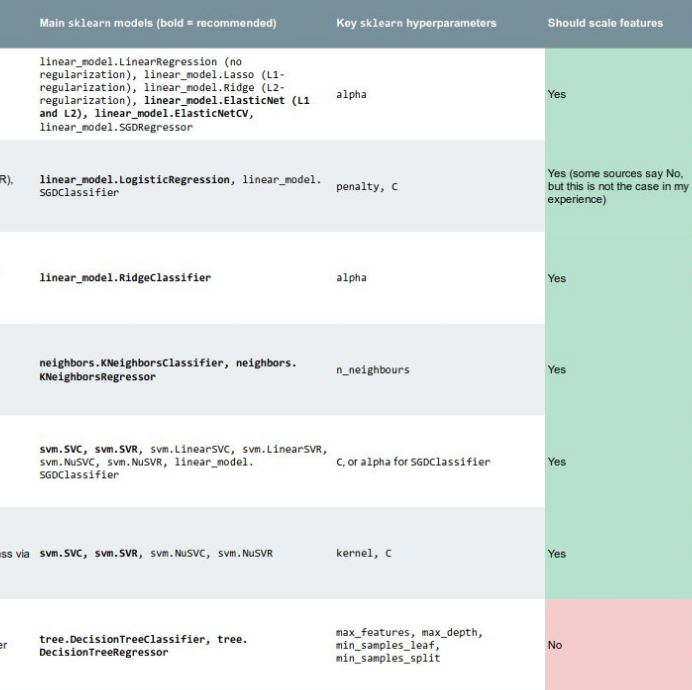News of the week
/A quick round up of geosciencey tech news at the end of a busy week at SEG.
Mmm, open source
 Visualization company Kitware, makers of open source viz software Paraview, have released a new version of VTK, their toolkit for developers. Version 5.8 has new and improved Python wrappers and support for openGL inside documents. They are also offering free online courses for much of their technology. If you don't know their stuff, now's the time to check it out!
Visualization company Kitware, makers of open source viz software Paraview, have released a new version of VTK, their toolkit for developers. Version 5.8 has new and improved Python wrappers and support for openGL inside documents. They are also offering free online courses for much of their technology. If you don't know their stuff, now's the time to check it out!
Real-time data toolbox
Twitter and geophysics? Maybe: they announced some open source goodness this week with their Storm library for real-time analysis of massive data streams. They developed it for analysing breaking news and global events, but we think it might have application in all kinds of real-time data processing problems like microseismic and production monitoring. Find the project on GitHub.
Not just another software company?
Dynamic Graphics, a small California company, caught our eye. Their low profile seems about to change, as their 'quantitative visualization' software looks ready to compete with anyone. Their focus on 4D and well-planning pits them against outfits like Transform Software, Down Under GeoSolutions, and of course all the usual suspects.
 Learn Python!
Learn Python!
Enthought are the leaders in scientific programming and especially support for Python, as well as on-demand development. They now offer a regular Python programming course just for geophysicists, and tour all over the world with it. The next edition is in Houston, 2–4 November. If you ever wanted to dabble with code, this is your chance: Python is easy to learn and very powerful.
This regular news feature is for information only. We aren't connected with any of these organizations, and don't necessarily endorse their products or services. Python is a trademark of the Python Software Foundation. ParaView and VTK are trademarks of Kitware. Storm is a trademark of Twitter, Inc.

























 Except where noted, this content is licensed
Except where noted, this content is licensed